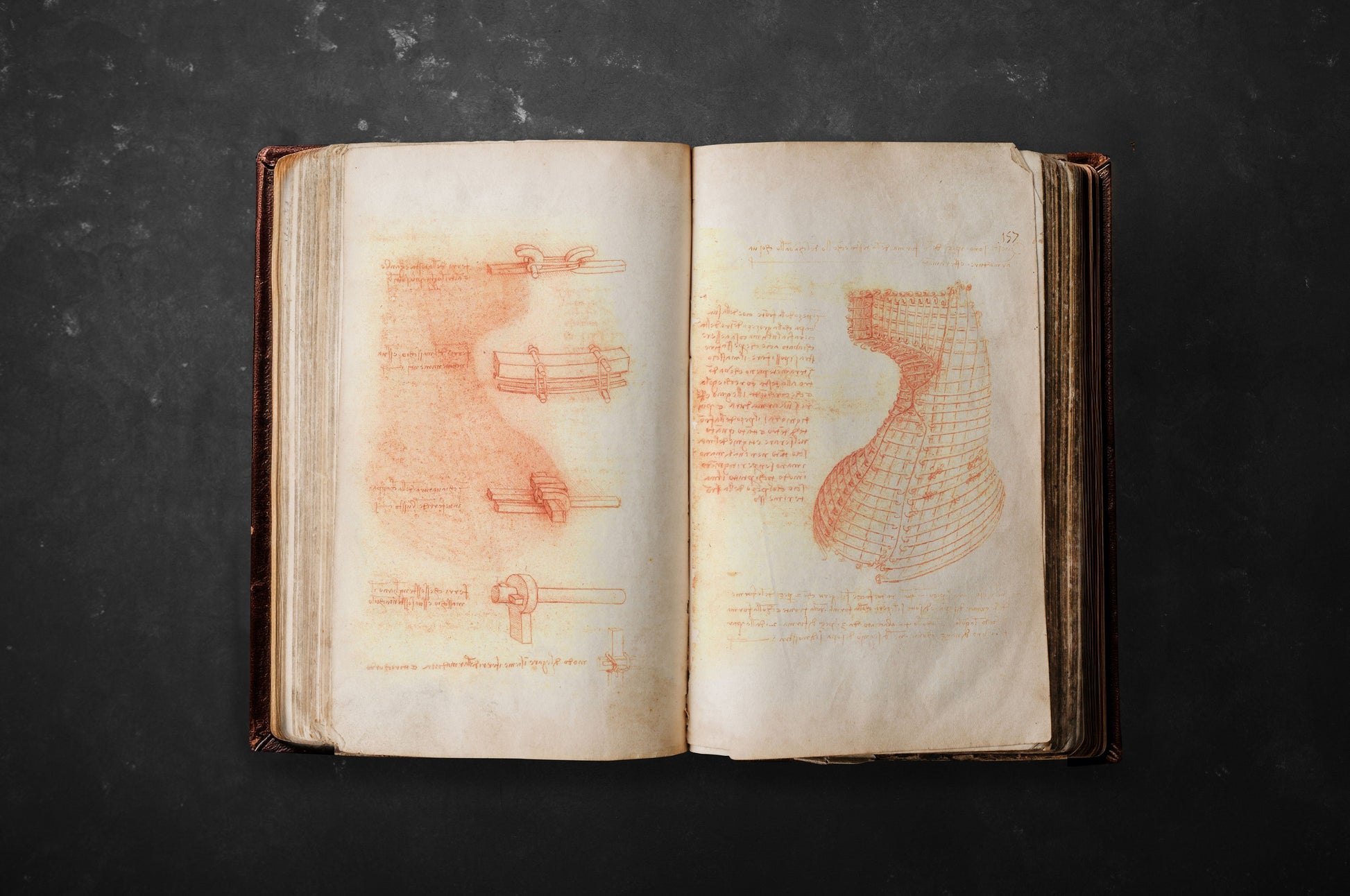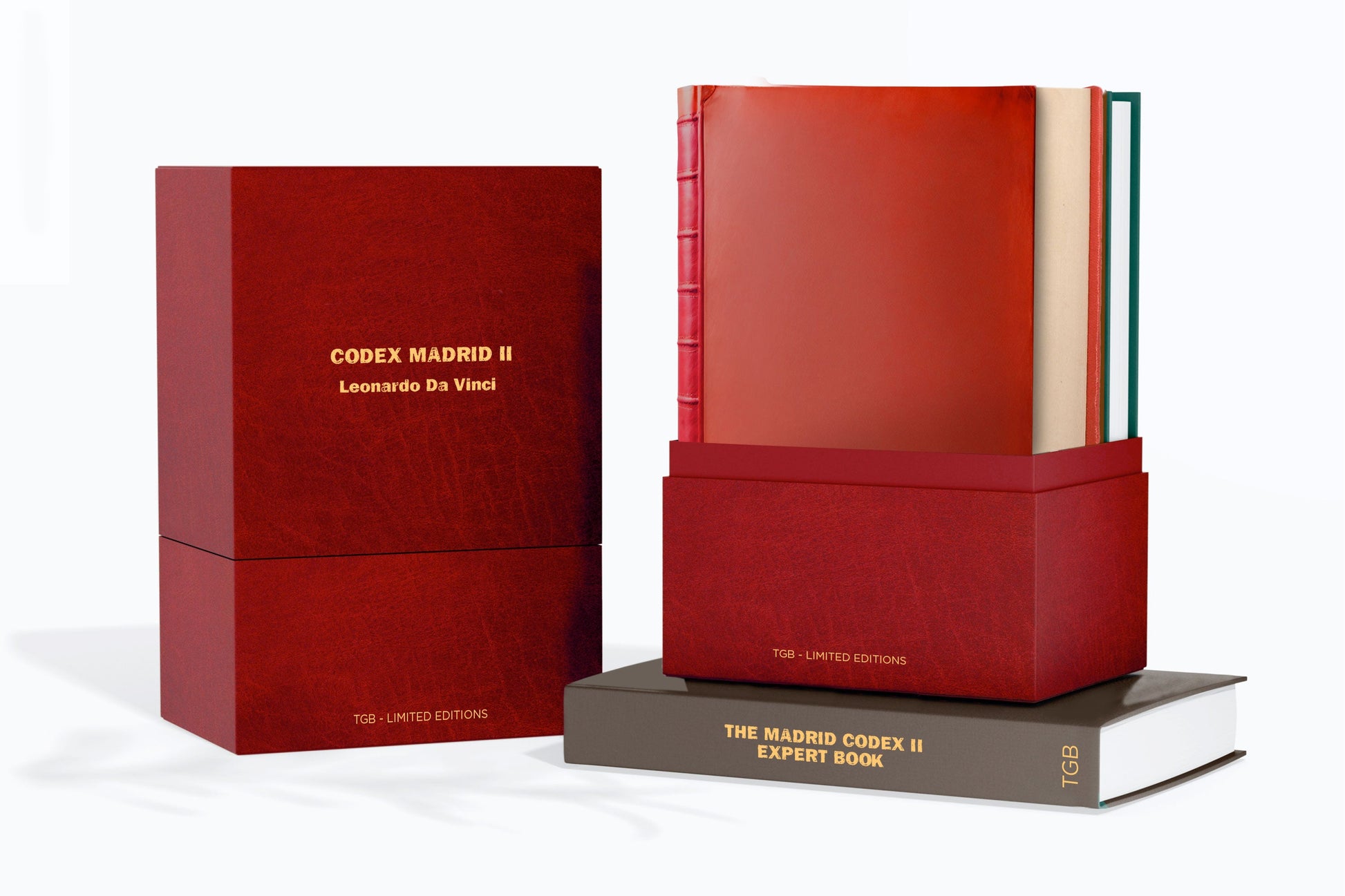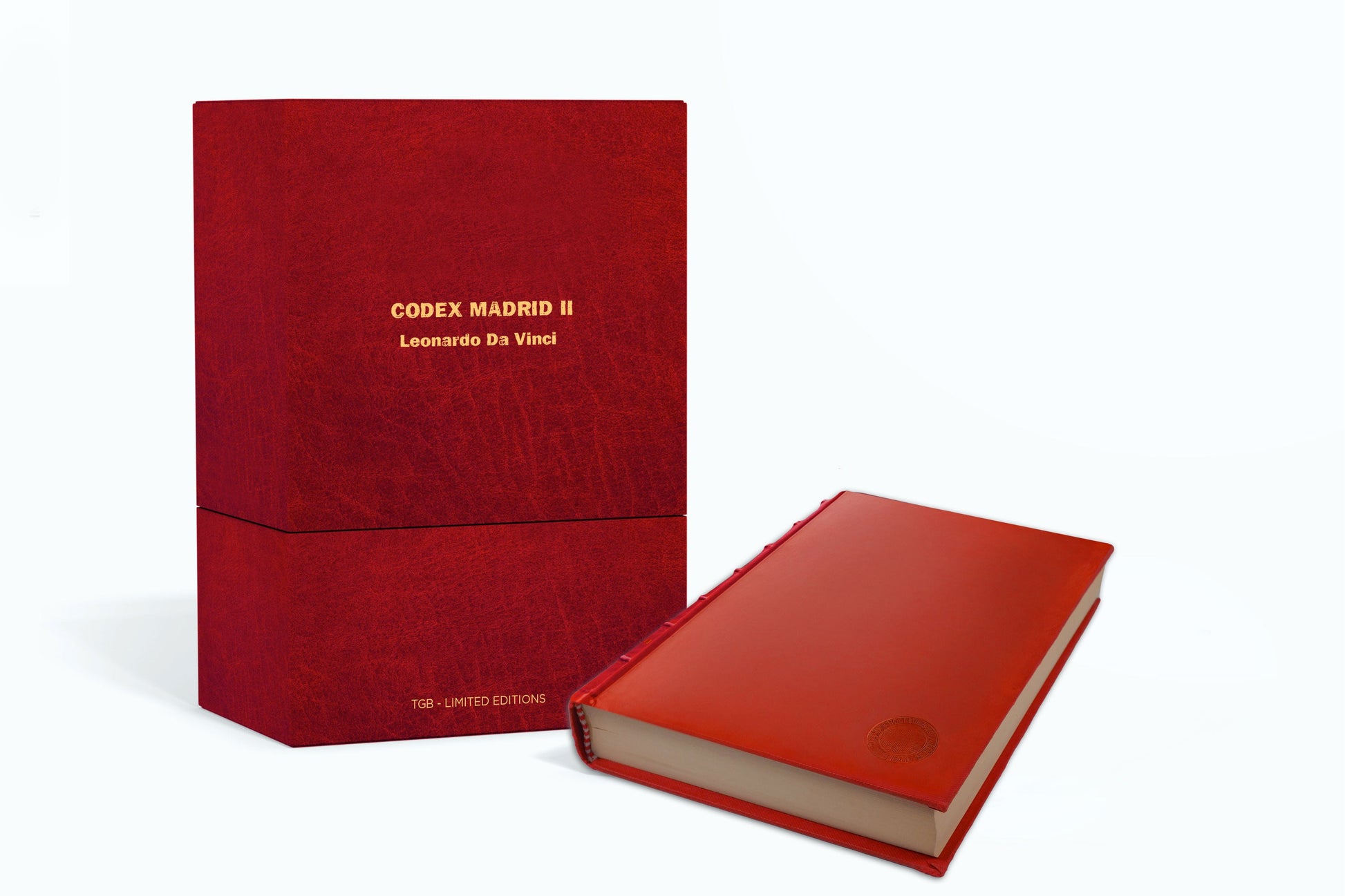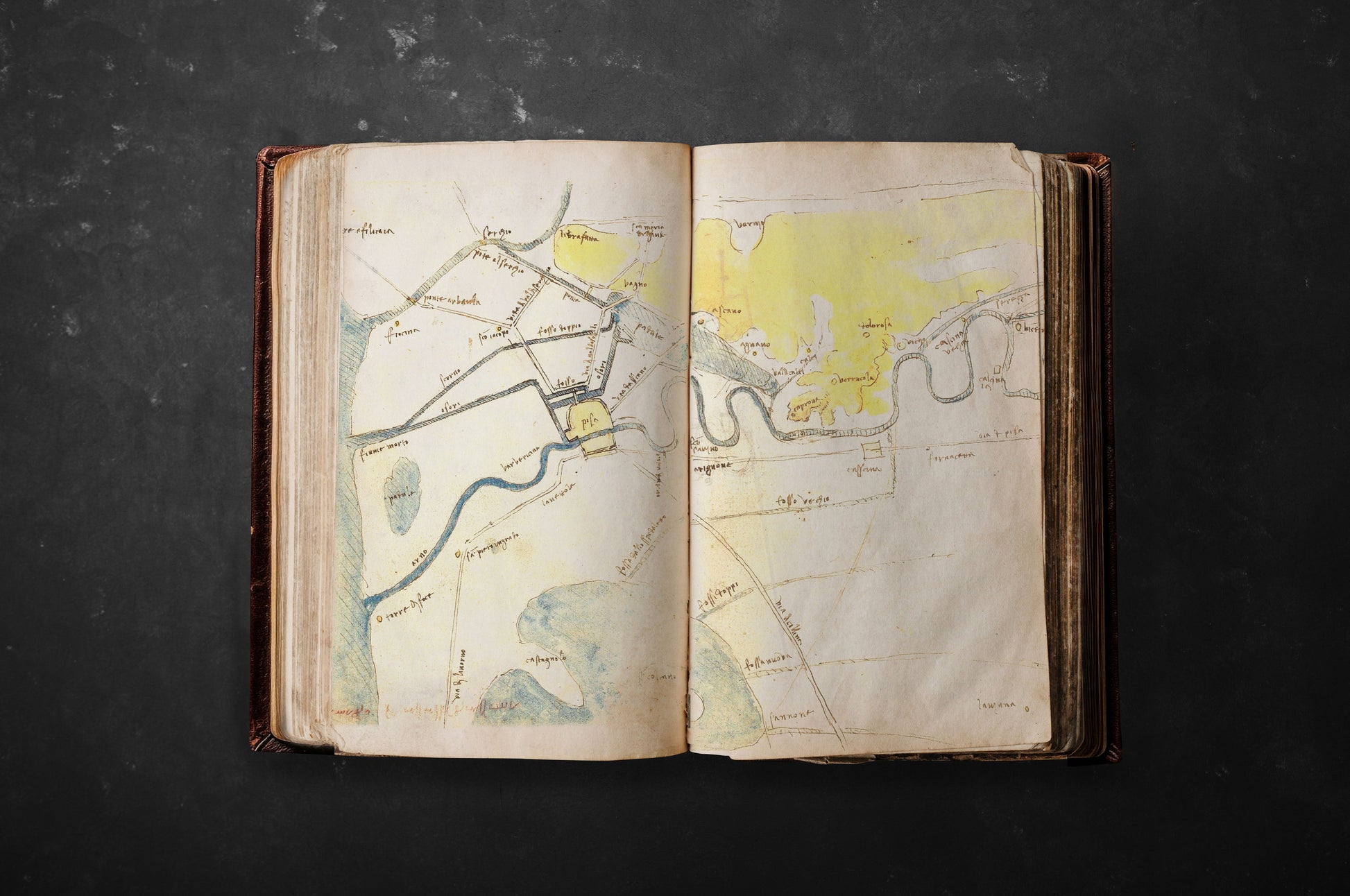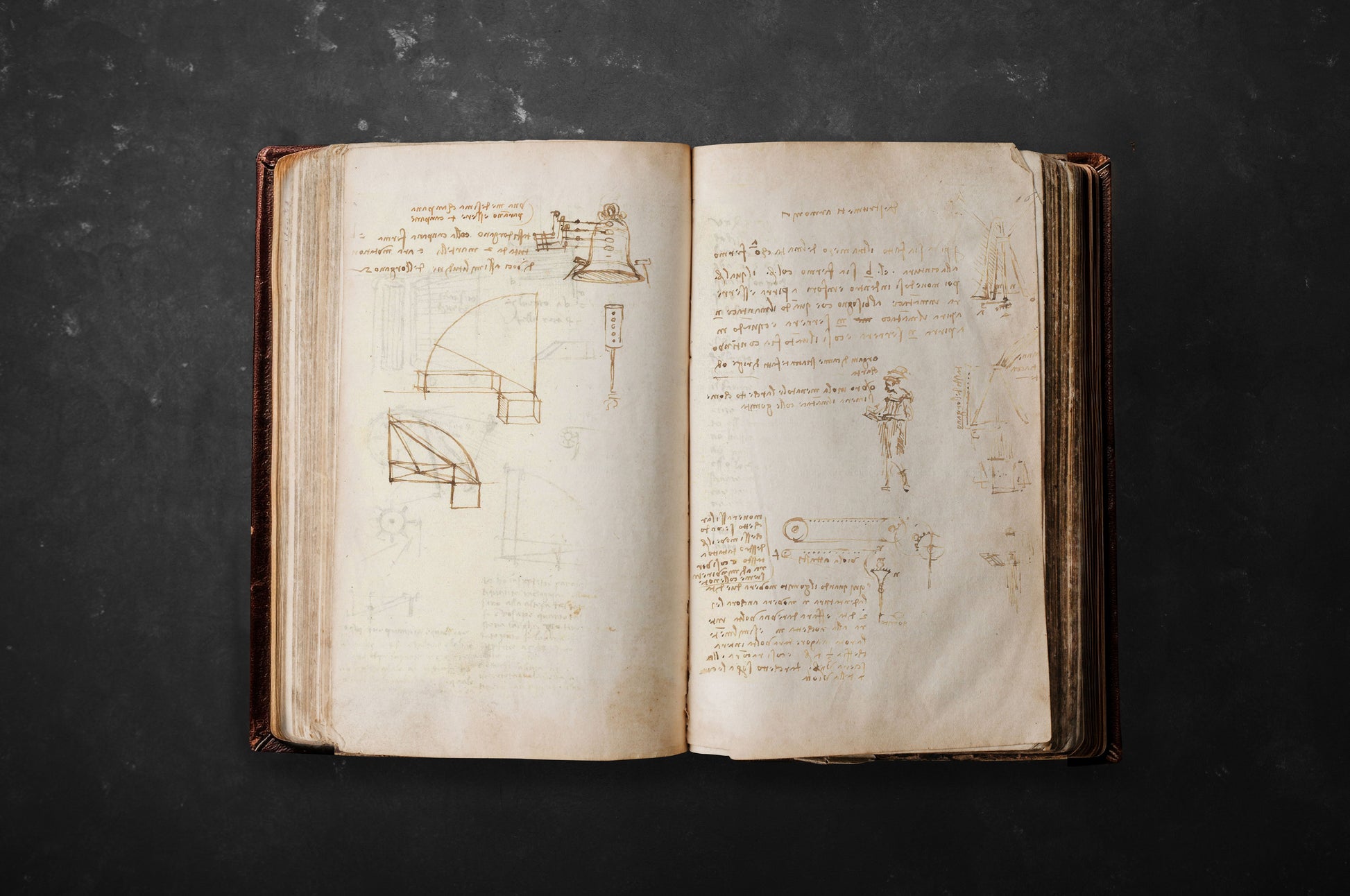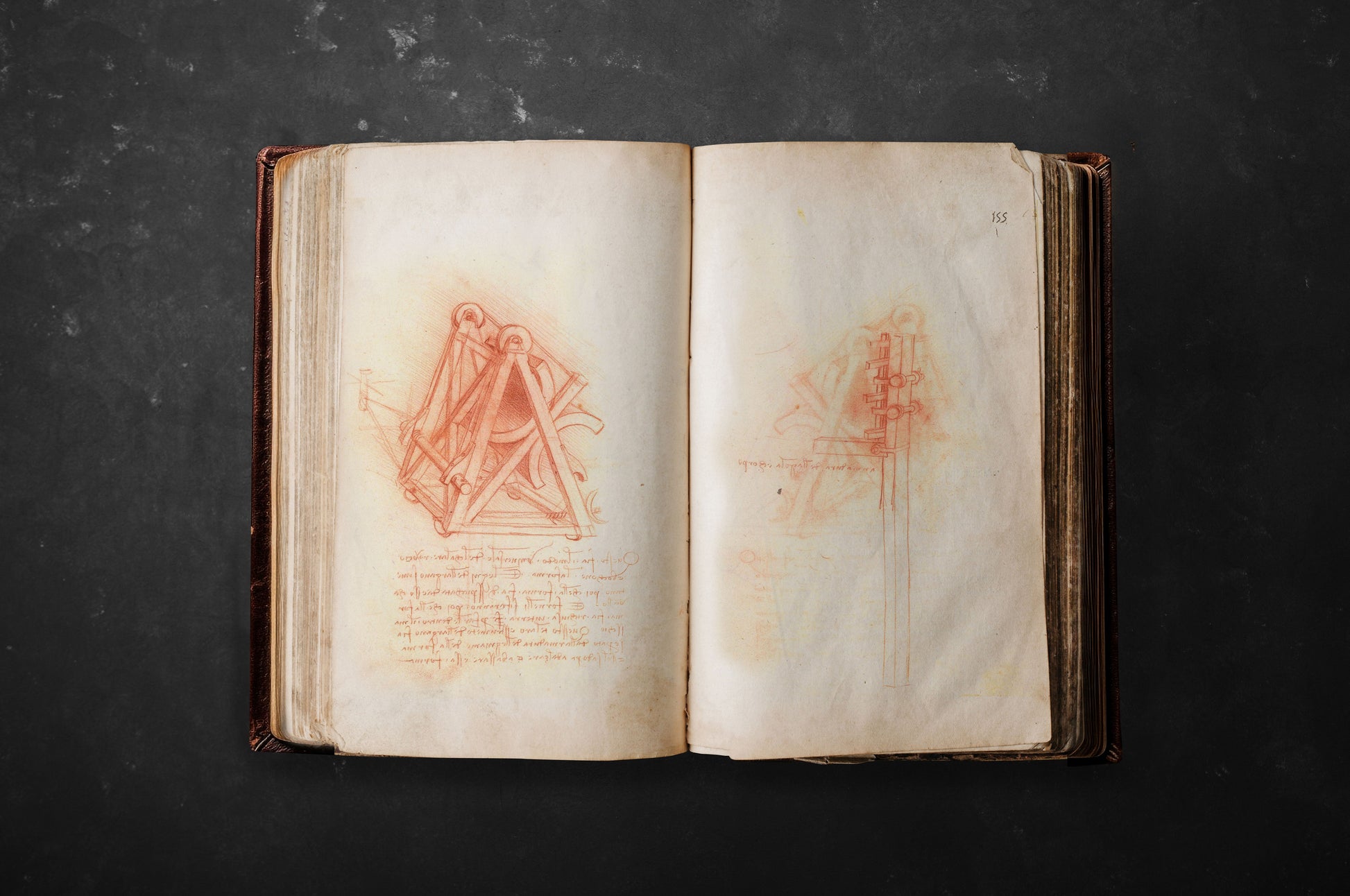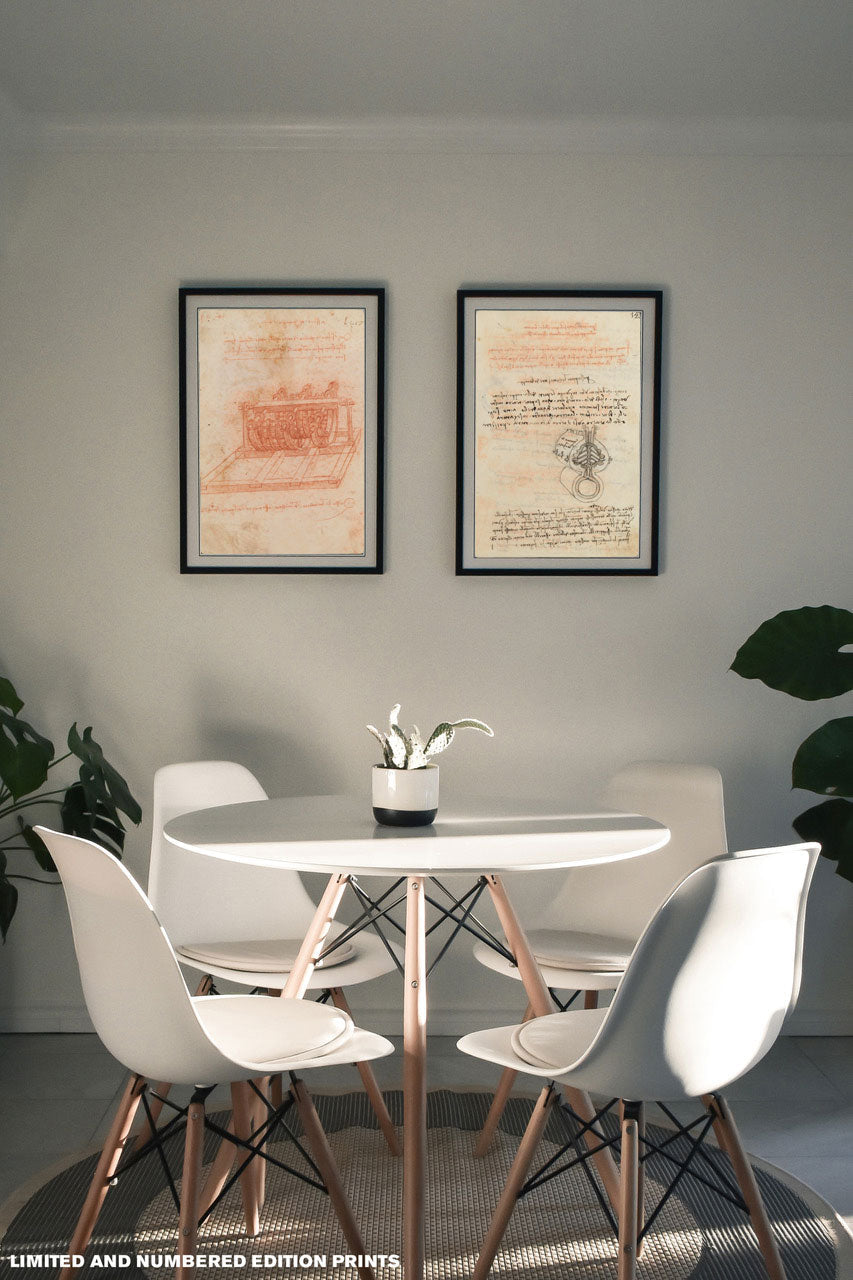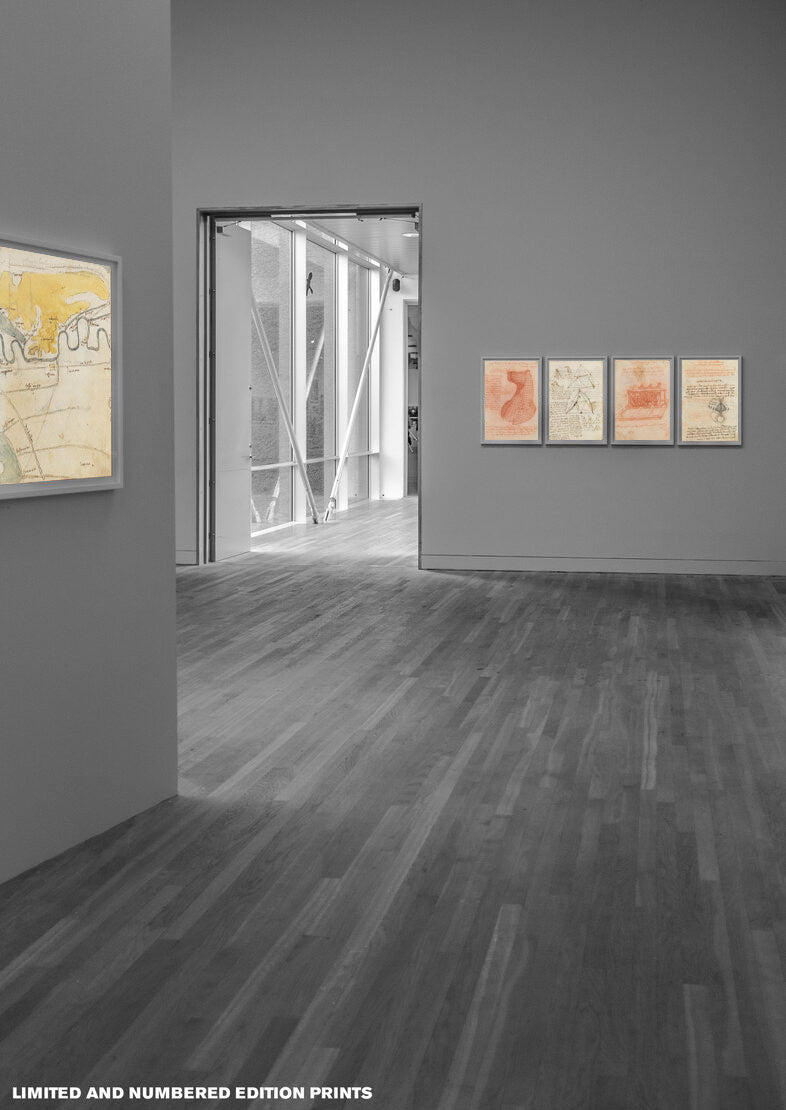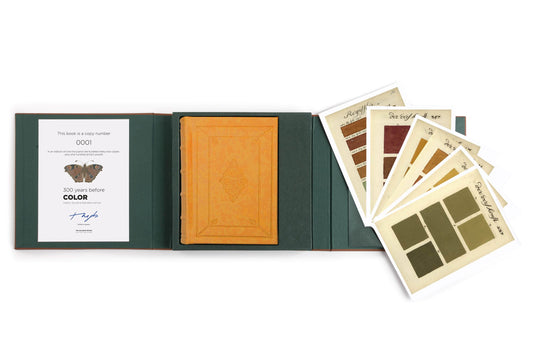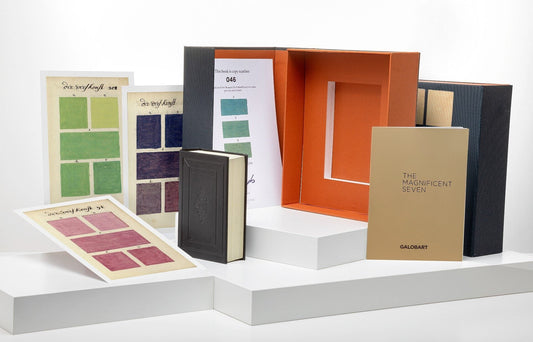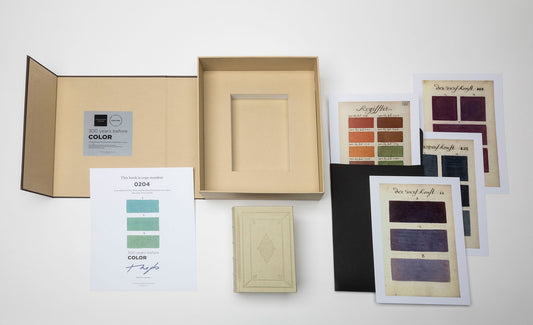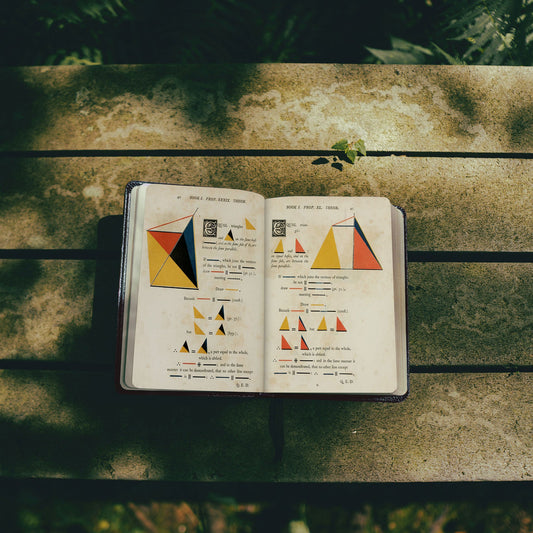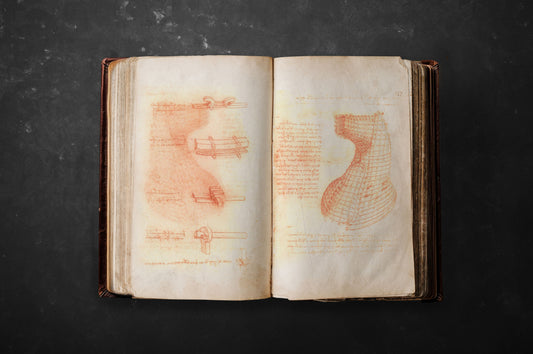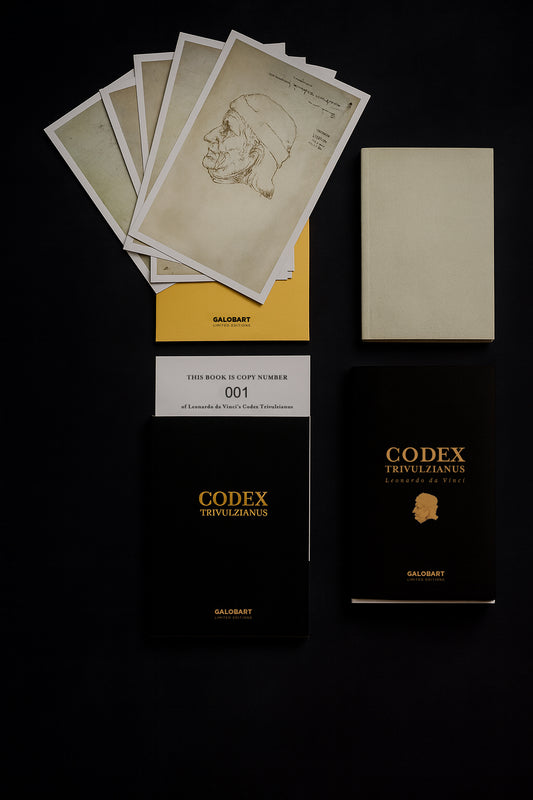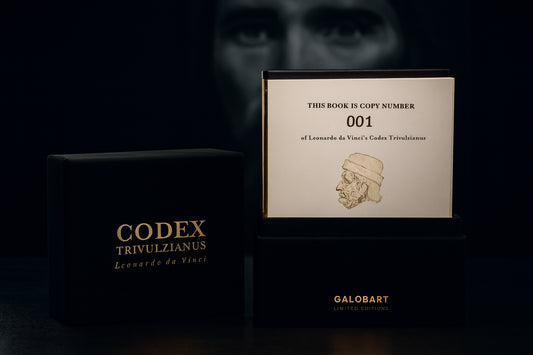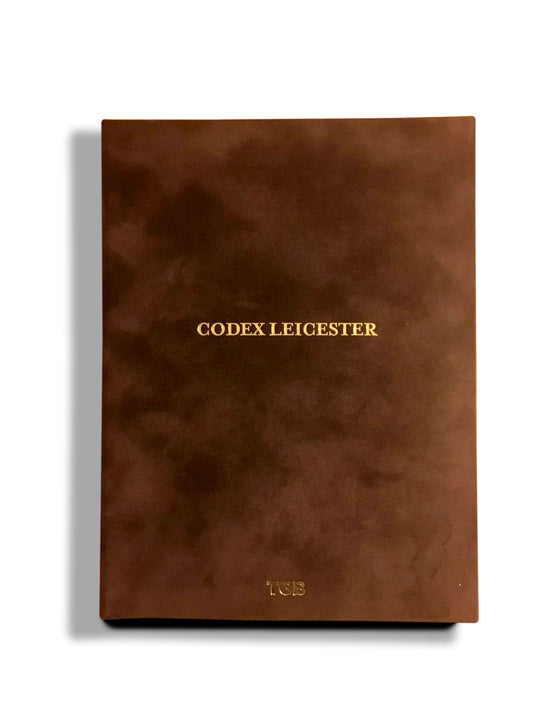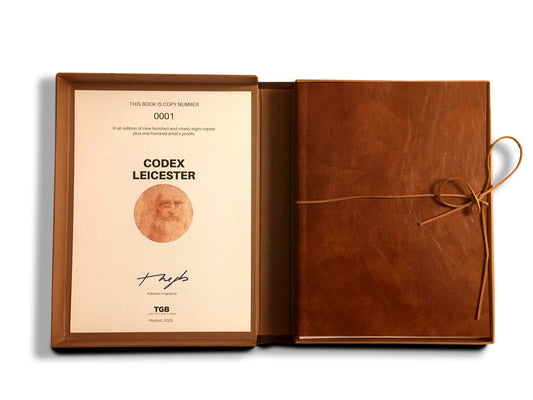CODEX MADRID II (LEONARDO DA VINCI)
COLLECTOR'S EDITION


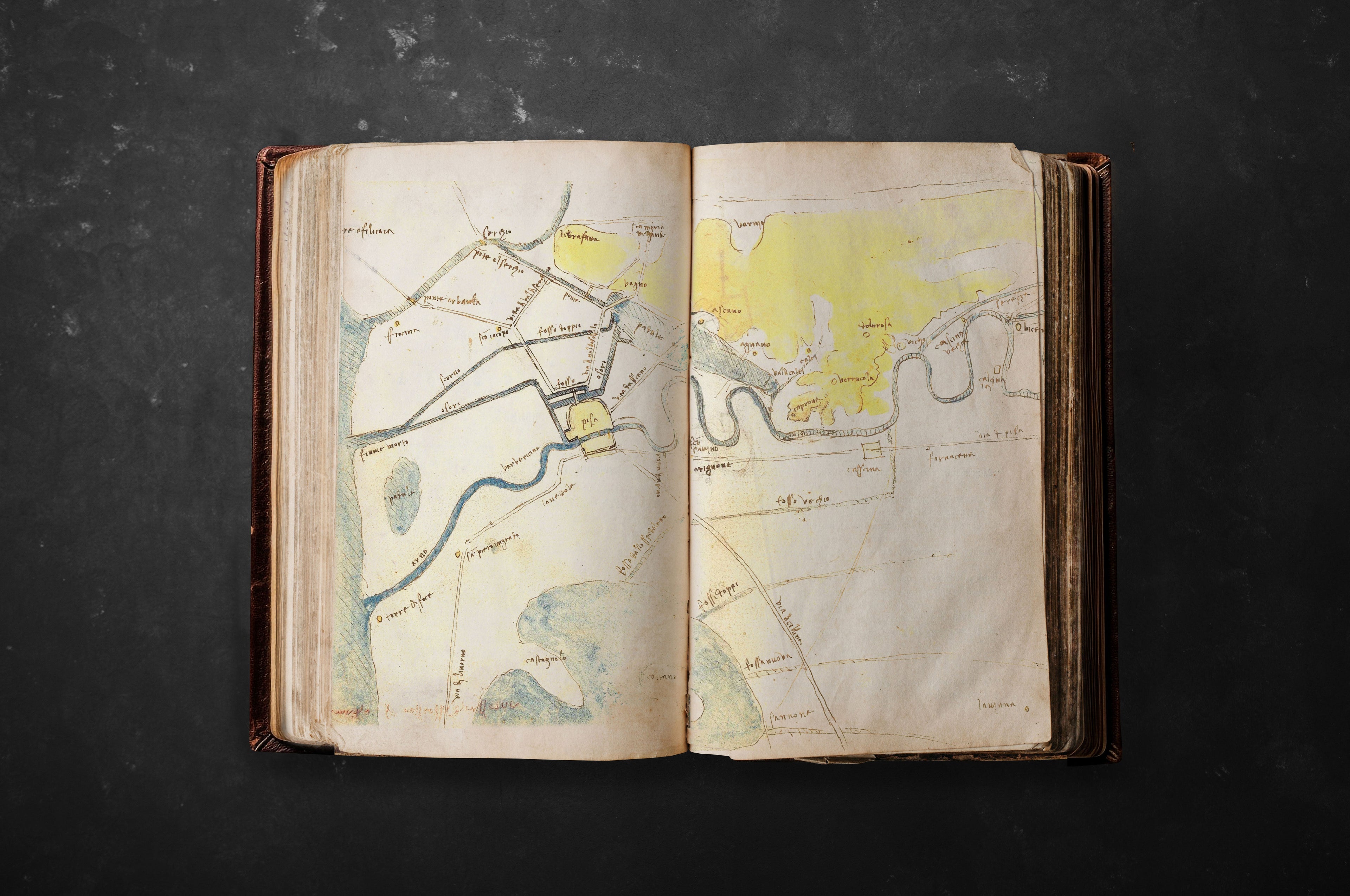
Codex Madrid II (Leonardo Da Vinci)
Codex Madrid II (Leonardo Da Vinci)
COLLECTOR'S EDITION
Couldn't load pickup availability
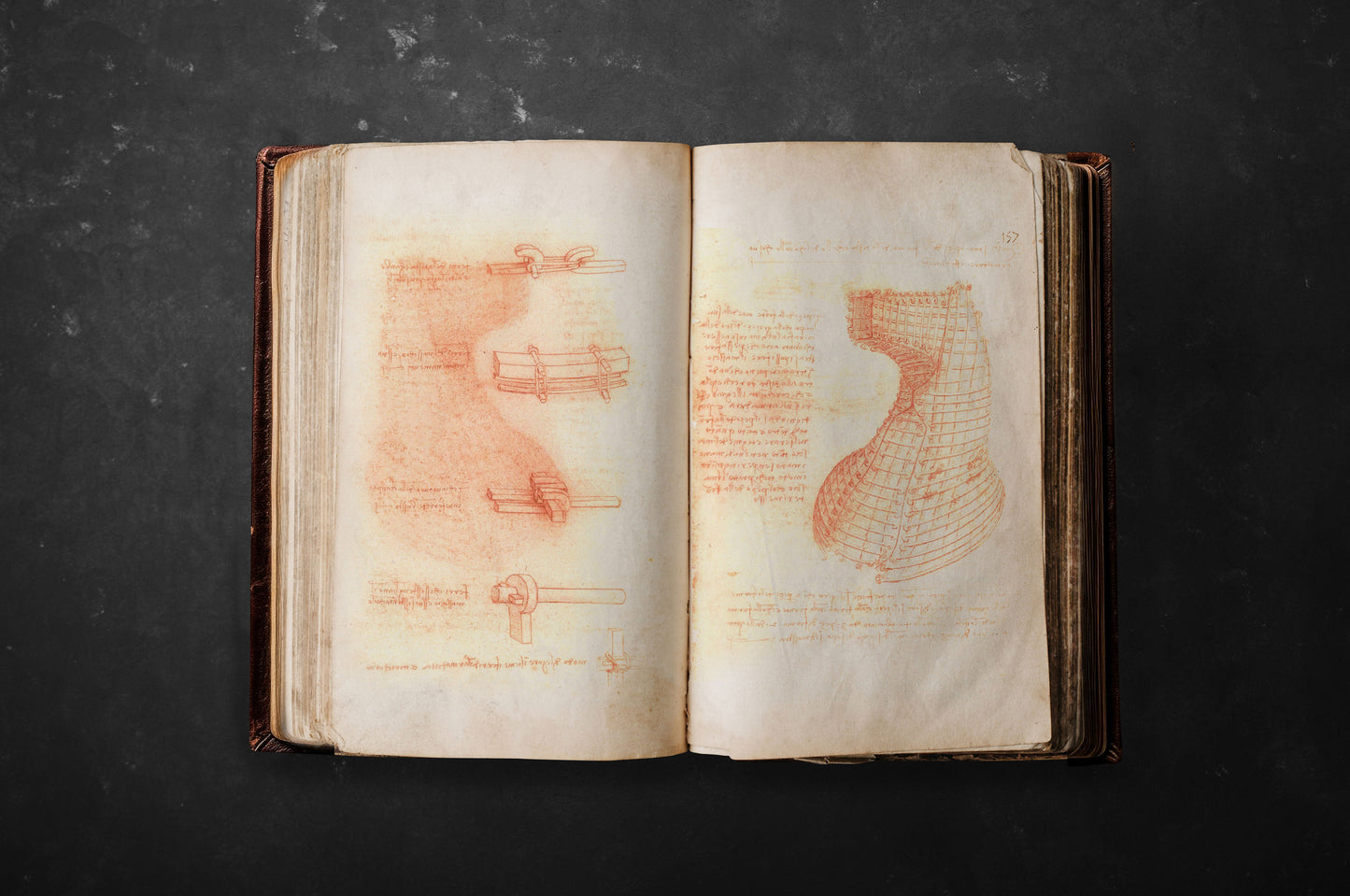
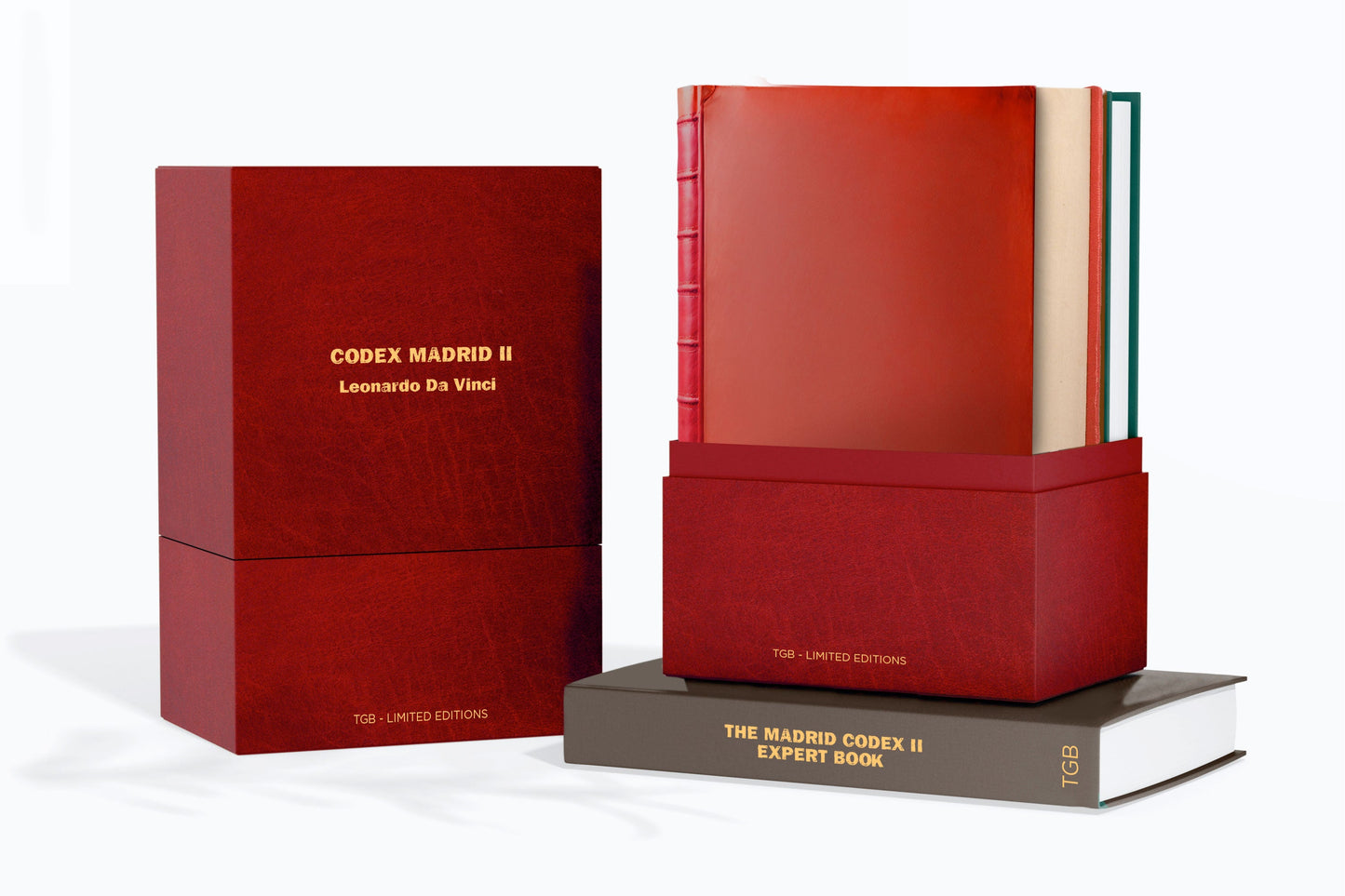

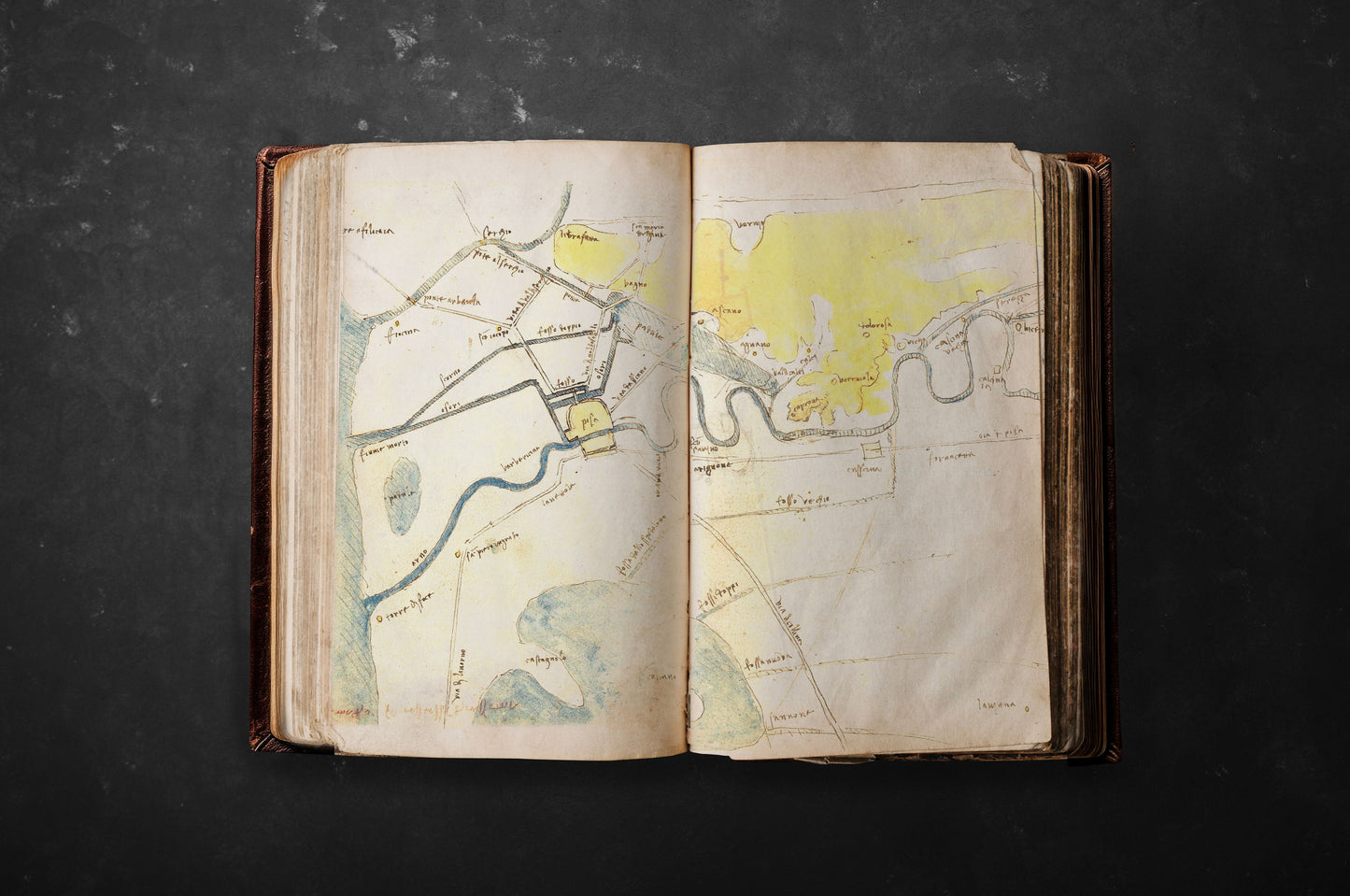
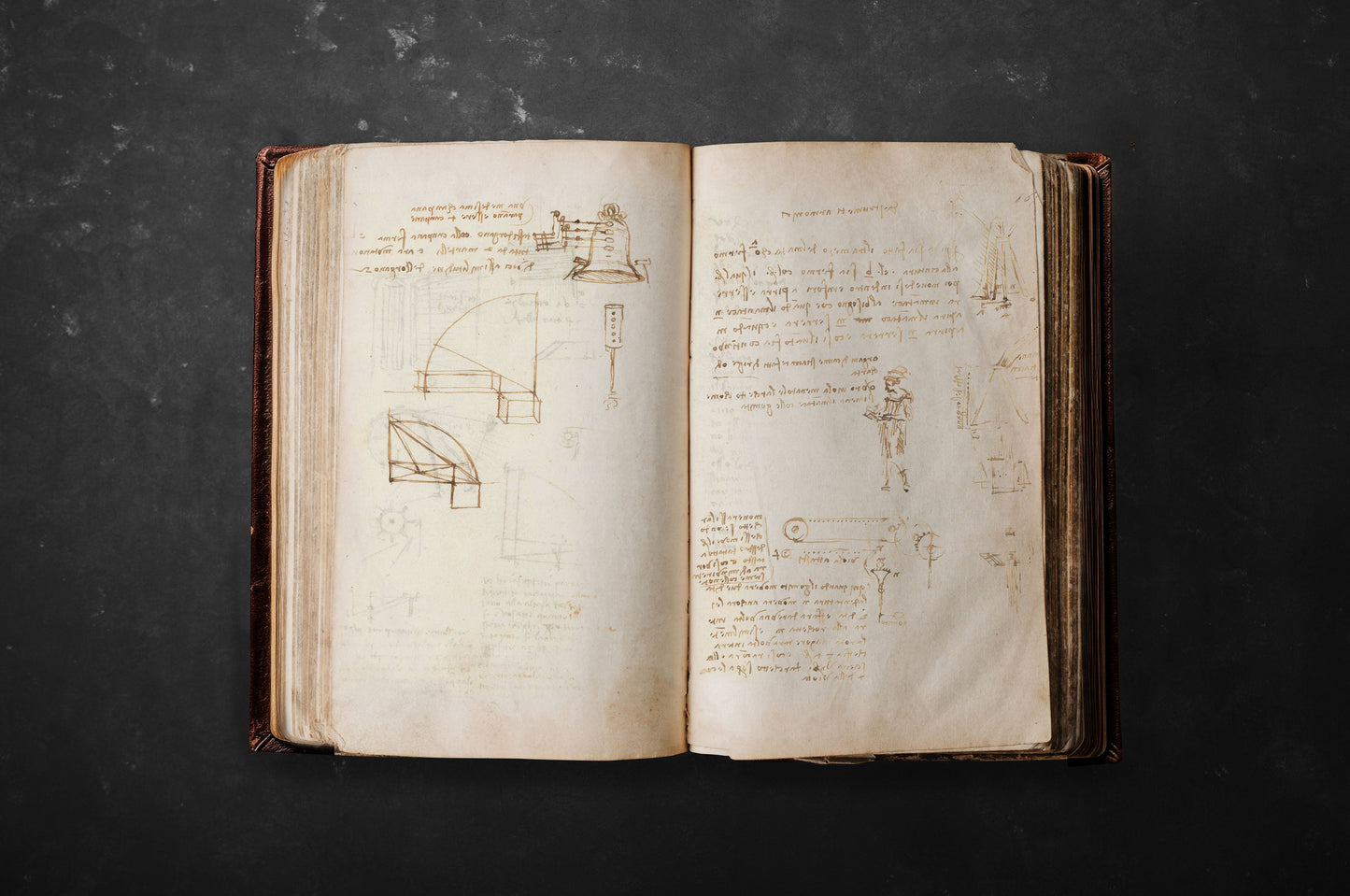
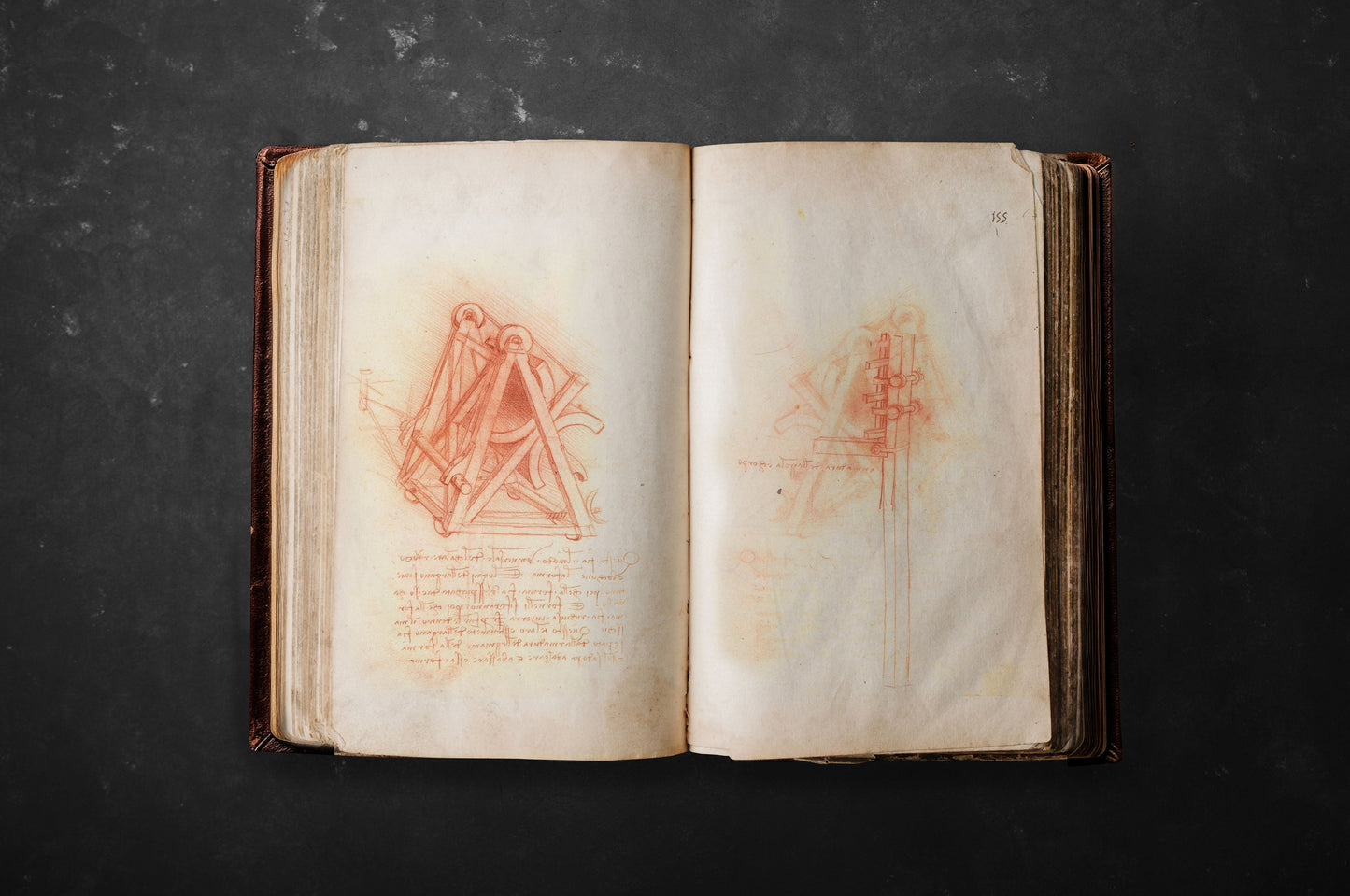
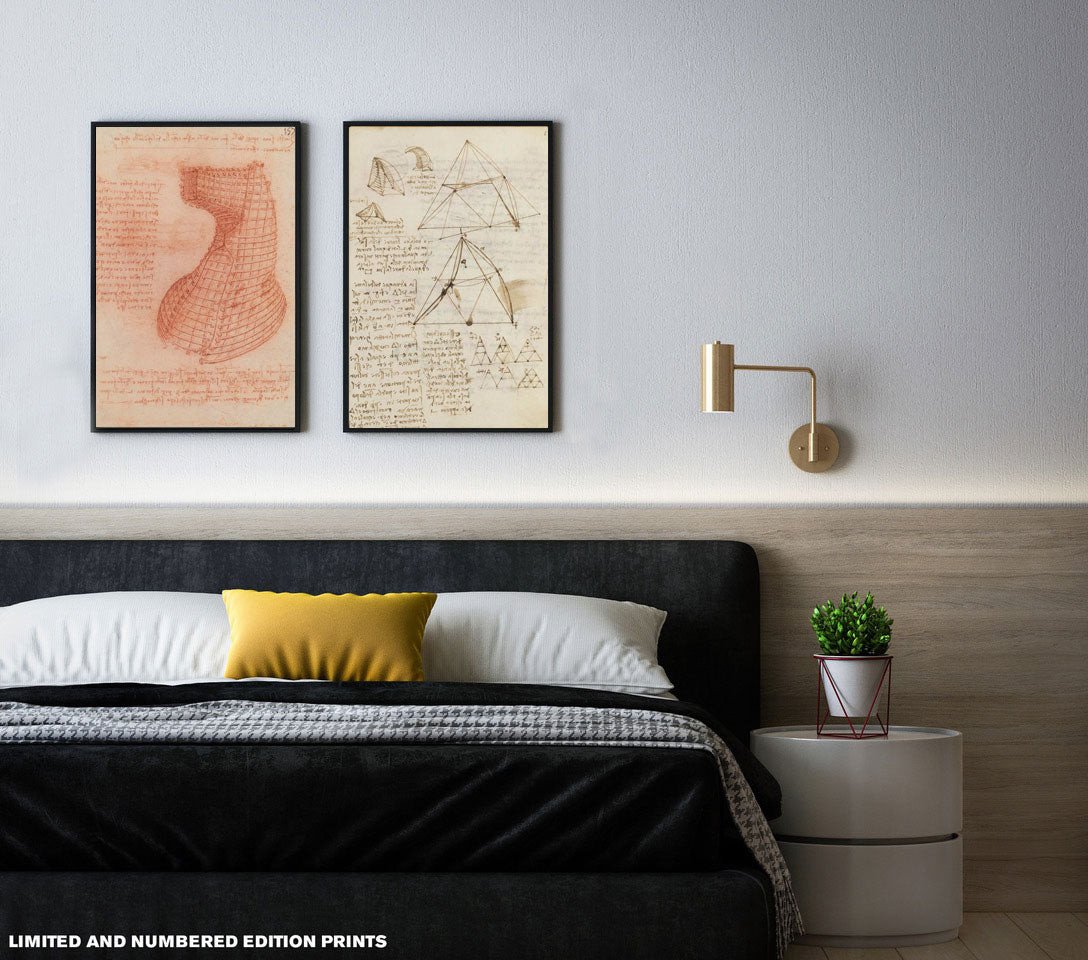
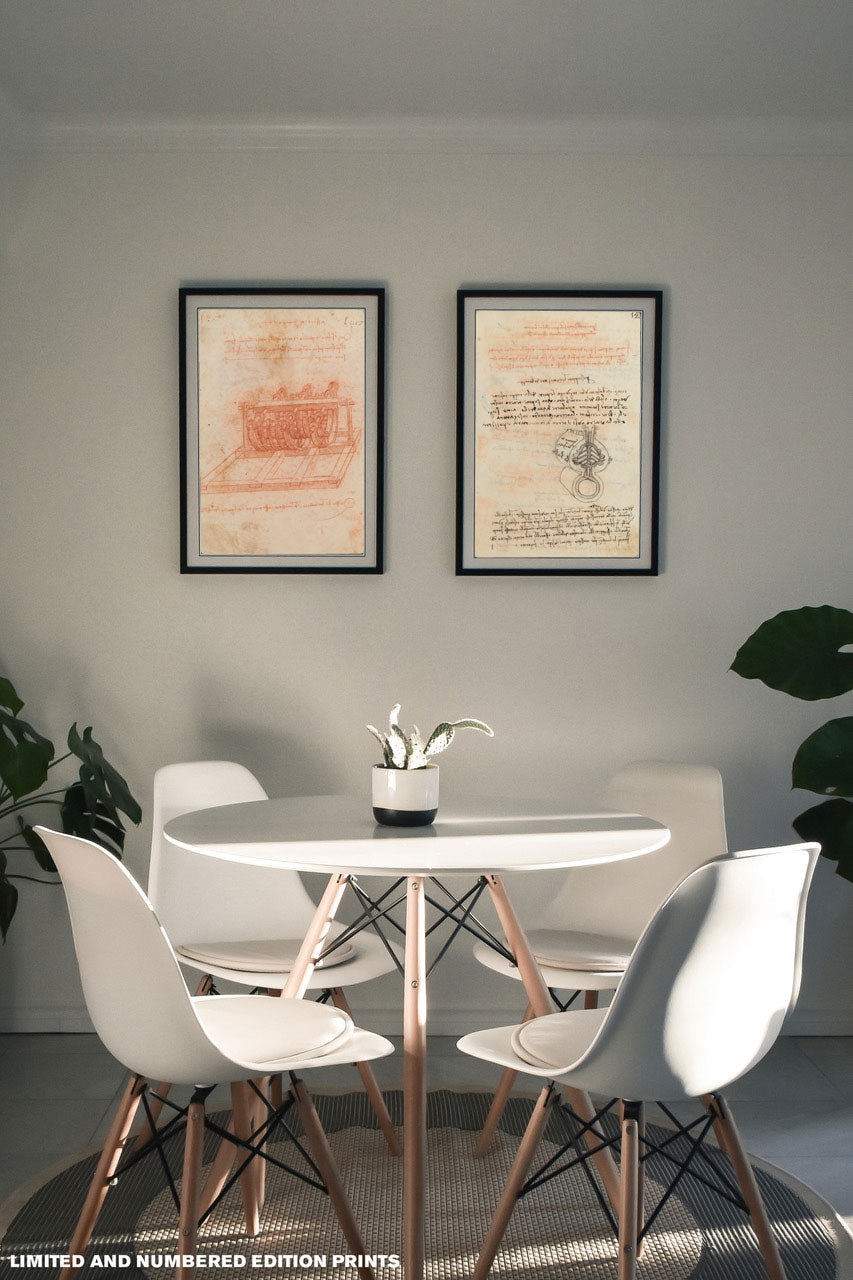
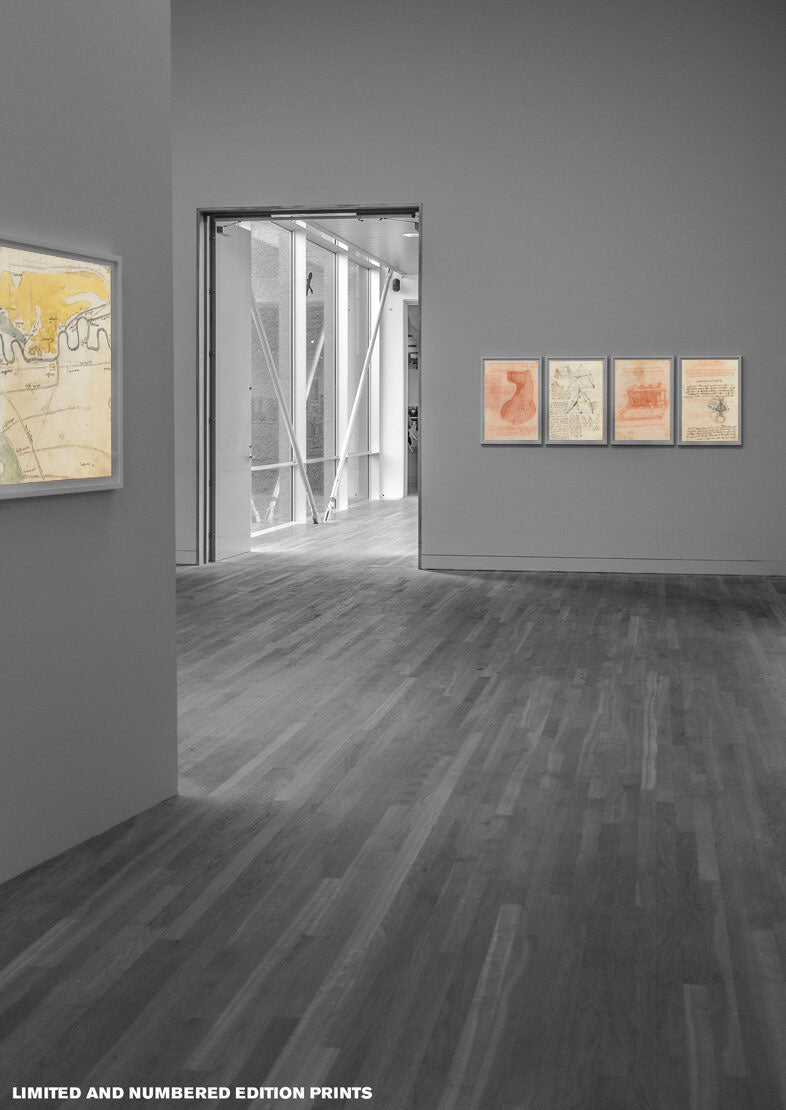
CODEX MADRID II - COLLECTOR'S EDITION -
Each deluxe limited edition contains (Only 999 copies):
*A facsimile edition of the original:
"Treaty on fortification, statics and geometry", 316 pages in its original format of 215 x 145 mm (8.46 x 5.70 in.).
- Hand-bound with spine ribs.
(vegan alternative to leather)
-Art paper with serrated edges that reproduces the original.
-Exact reproduction of the original document (length, color and size).
-Ten numbered art prints to collect or frame
*An art book with expert commentary on the codices and Leonardo's life and work.
*An elegant collector's edition box numbered from 001 to 999.
SOLD OUT
350 euros
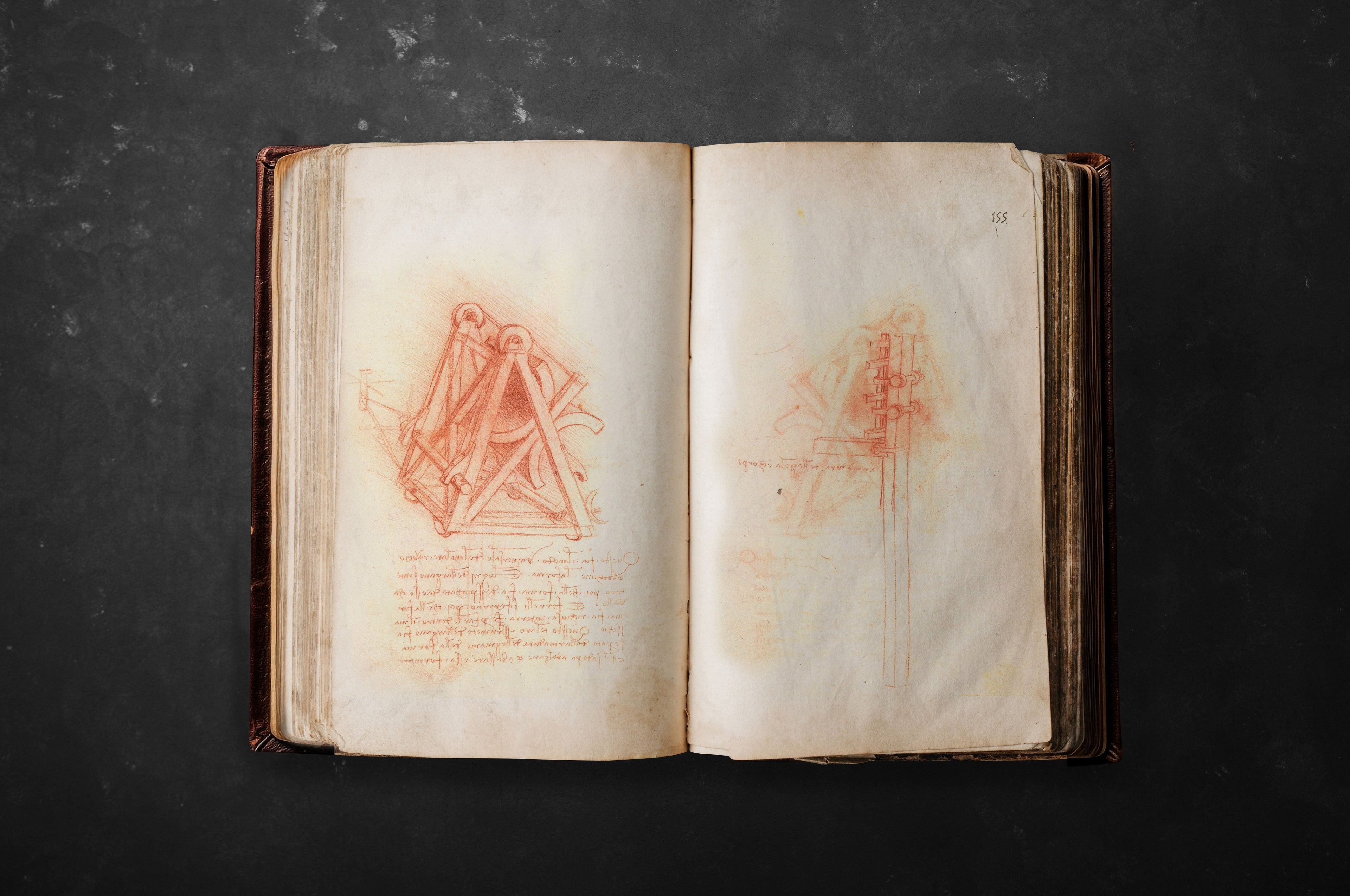
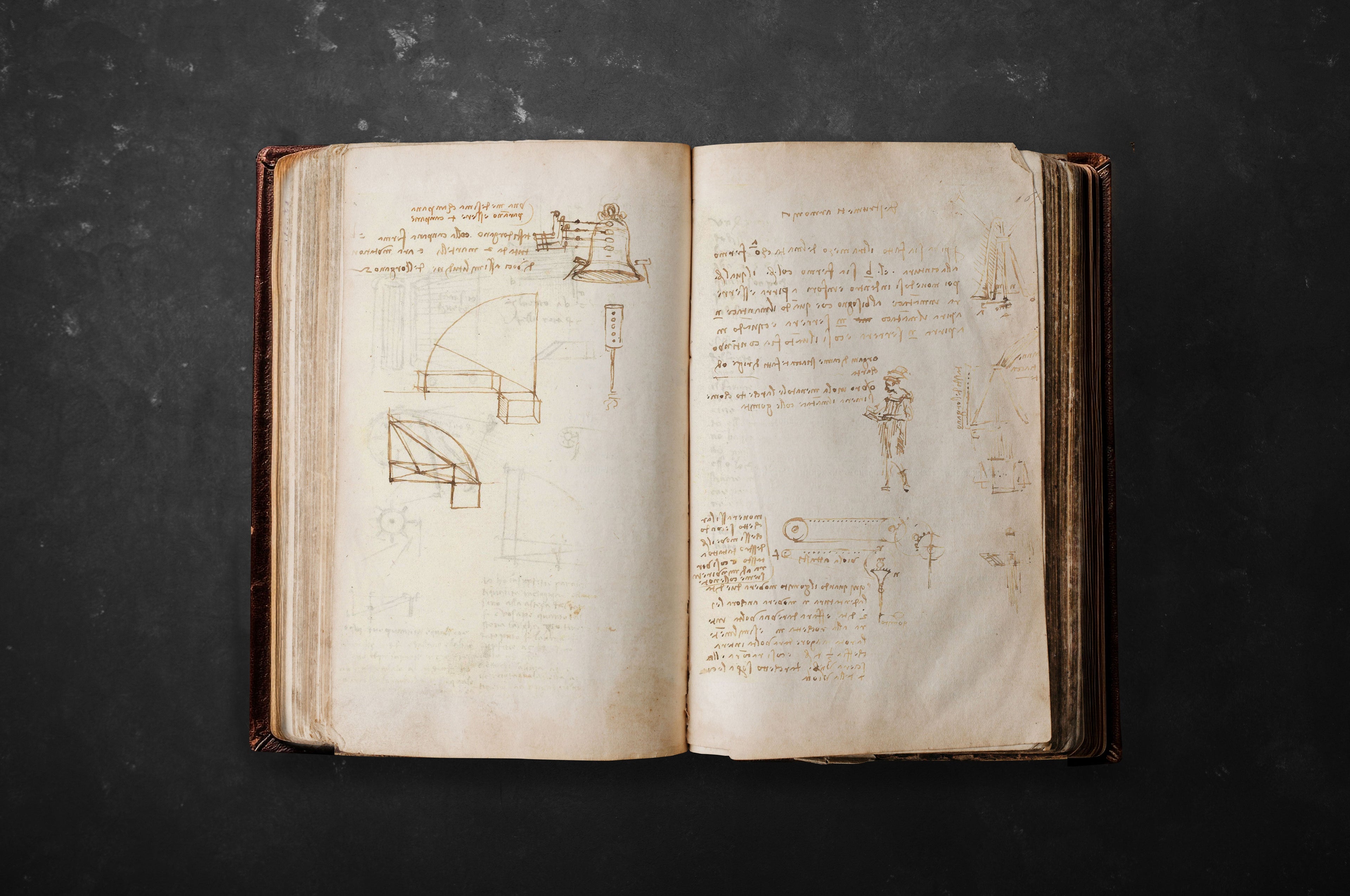

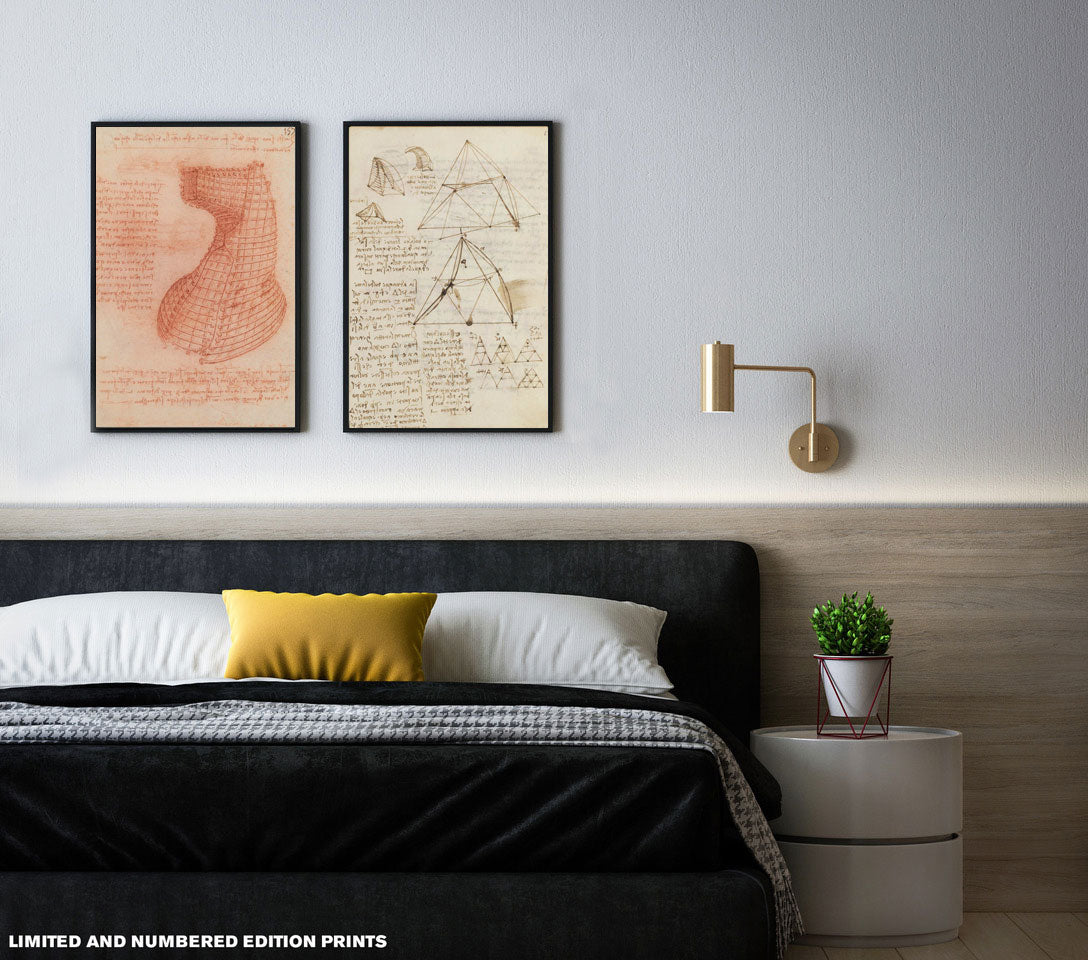
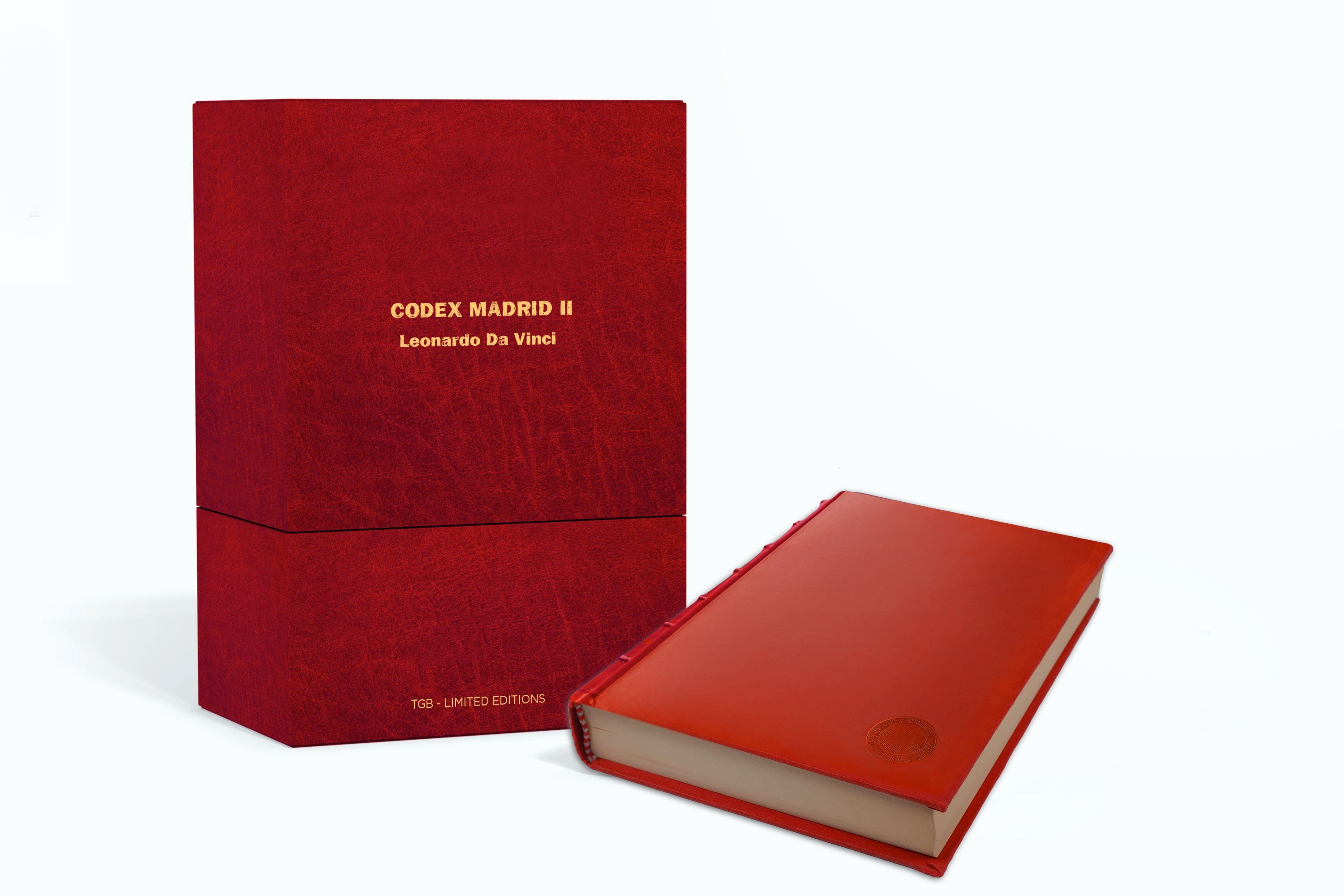
The Madrid II Codex
1- The Madrid II Codex, also known as the "Treatise on Fortification, Statics, and Geometry" or "Leonardo da Vinci's Madrid Codex," is an important manuscript written by the famous Renaissance polymath Leonardo da Vinci. This codex is part of Leonardo da Vinci's manuscript collection and is kept at the National Library of Spain in Madrid. In this notebook, we can find a wide variety of studies: topographical sketches; problems of nautical, architectural, and military engineering; geometry (especially his studies on the "squaring of the circle"); the flight of birds; and some scattered notes on personal matters (the list of books in his library, or his clothing, for example).
Madrid Codex II covers various topics and can be divided into two clearly distinct parts; the second is the notebook detailing the casting of the Sforza horse, which was added at an unknown date.
"Sector A": a notebook.
In many parts of this manuscript, the lines are made with sanguine, a reddish pigment that uses a variety of ferric oxide called hematite.
For this reason, some drawings and lines had to be gone over with black ink by the author, since the coloring substance of the sanguine, due to the fixative used, faded and became blurred.
In this part of the manuscript, we can see a plan of Pisa with the mouth of the Arno, which reminds us that around 1503 Leonardo was immersed in one of his utopias: the project to divert the Arno River and build a canal that would connect Florence with the sea. (See the image of the book above)
Musical instruments:
On page 76r of this codex appear some partial sketches of two musical instruments: the viol organista and the paper organ. These sketches are also found in Manuscript H of the National Institute of France and in the Codex Atlanticus of the Biblioteca Ambrosiana in Milan.
"Sector B": emptying of the Sforza horse.
The second part (referred to as "sector B") is a monographic subject. It is entirely devoted to describing the technique of reproducing medals and fine art in bronze.
An entire fascicle is devoted to the casting of the "great horse of Milan" for the equestrian monument to Francesco Sforza. The Duke of Milan commissioned Leonardo, in 1482, to create what would have been the largest equestrian statue in the world.
Leonardo made a clay model over 7 meters tall, which was eventually cast in bronze. However, in 1499, war reached Milan, and the clay horse was destroyed and never built. The bronze used for the sculpture was used to make ammunition for the war effort.

Date of the Codex
The nature of some of the topics covered (such as the project to divert the Arno River) allows us to affirm that Leonardo began writing sector A in the summer of 1503 and that his last notes are not later than mid-1505.
History and journey of the Codices
The Codices were brought to Spain by Pompeo Leoni, sculptor to Philip II. After several changes of ownership, they passed to the Library of the Monastery of El Escorial, finally passing to the Royal Library, where they remained lost for 150 years.
These manuscripts are of great importance in Leonardo's work, as they contain about 15% of Leonardo's notes referenced today, but they are also important for the quality and relevance of the topics they contain, which represent one of the most important engineering treatises of the period.
Upon Leonardo's death, they passed to his friend Francesco Melzi. Some fifty years later, Pompeo Leoni, a sculptor in the service of Philip II, acquired them from his son Orazio and took them with him to Spain.1 Upon Leoni's death in 1608, the manuscripts passed into the hands of Juan de Espina, a friend of Francisco de Quevedo y Villegas, according to contemporary gossip: "a gentleman who lives alone in a mansion in Madrid and whose servants are wooden automata."
The Prince of Wales (Charles), during his visit to Madrid in 1623, became interested in the manuscripts, and Espina freed himself from the obligation by presenting them to the King. The Codices arrived at the Royal Library in 1712, where for various reasons they remained lost until 1967, according to Martín Abad "due to the transfer of the royal library to four different locations, a fatal confusion of call numbers, and the aura of Leonardo da Vinci, which blinded many to link his fame to that of the genius."
A treasure lost 150 years ago
It was a researcher at the University of Massachusetts, an expert in medieval Castilian literature, who discovered them by chance, in 1967, when he came across two codices written by Leonardo Da Vinci in his own handwriting.
They had been lost in the archives of the National Library of Spain. An error by the chief librarian in coding their numbering caused them to be lost for 150 years, until they were discovered by the American Jules Piccus, who was in the Library searching for medieval songbooks.
Bound collections of Leonardo's work, notebooks and loose notes are preserved... the Madrid Codex being a bound collection.
Leonardo's death marked the beginning of the dispersal and loss of two-thirds of the fifty thousand original multidisciplinary documents written in Old Tuscan and codified by him. Every manuscript, page, sketch, drawing, text, and note was fully considered a work of art. Only about thirteen thousand documents remain, most of them preserved in the Vatican City archives.
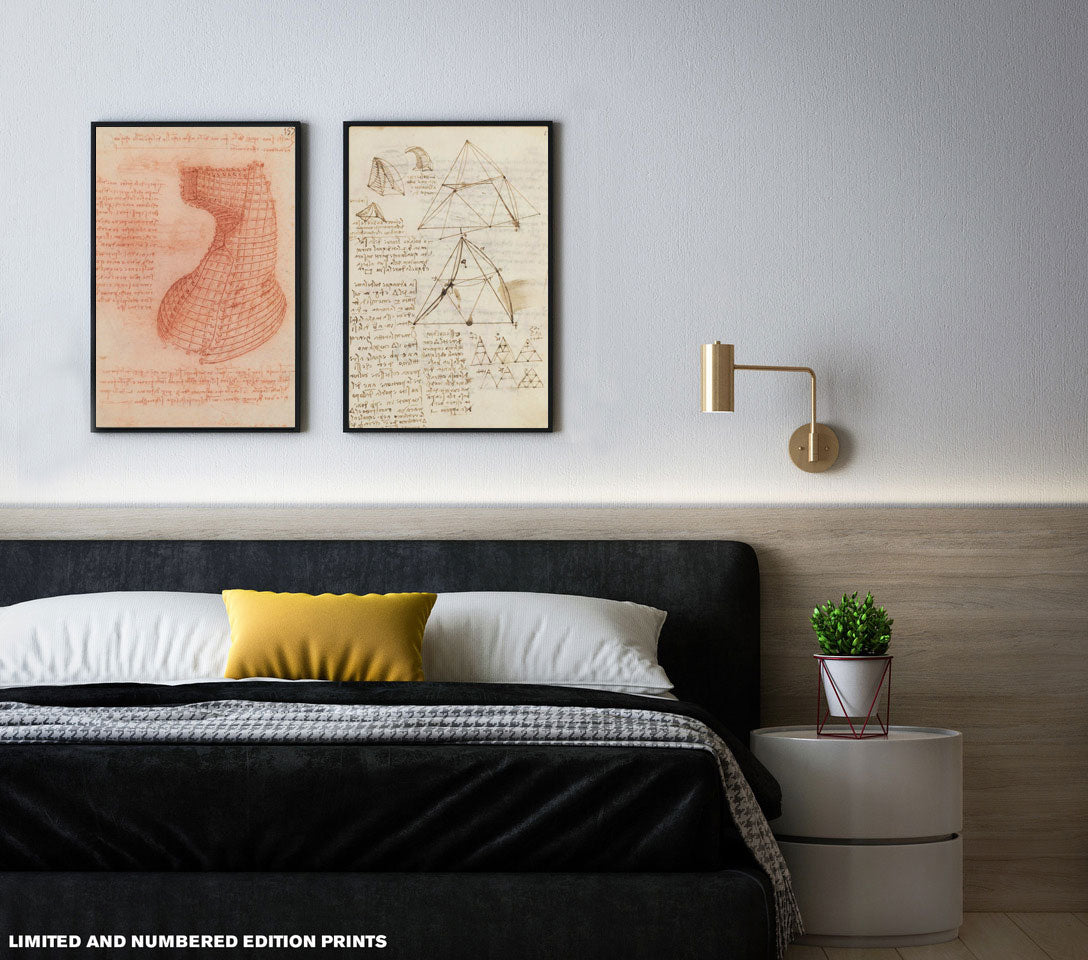
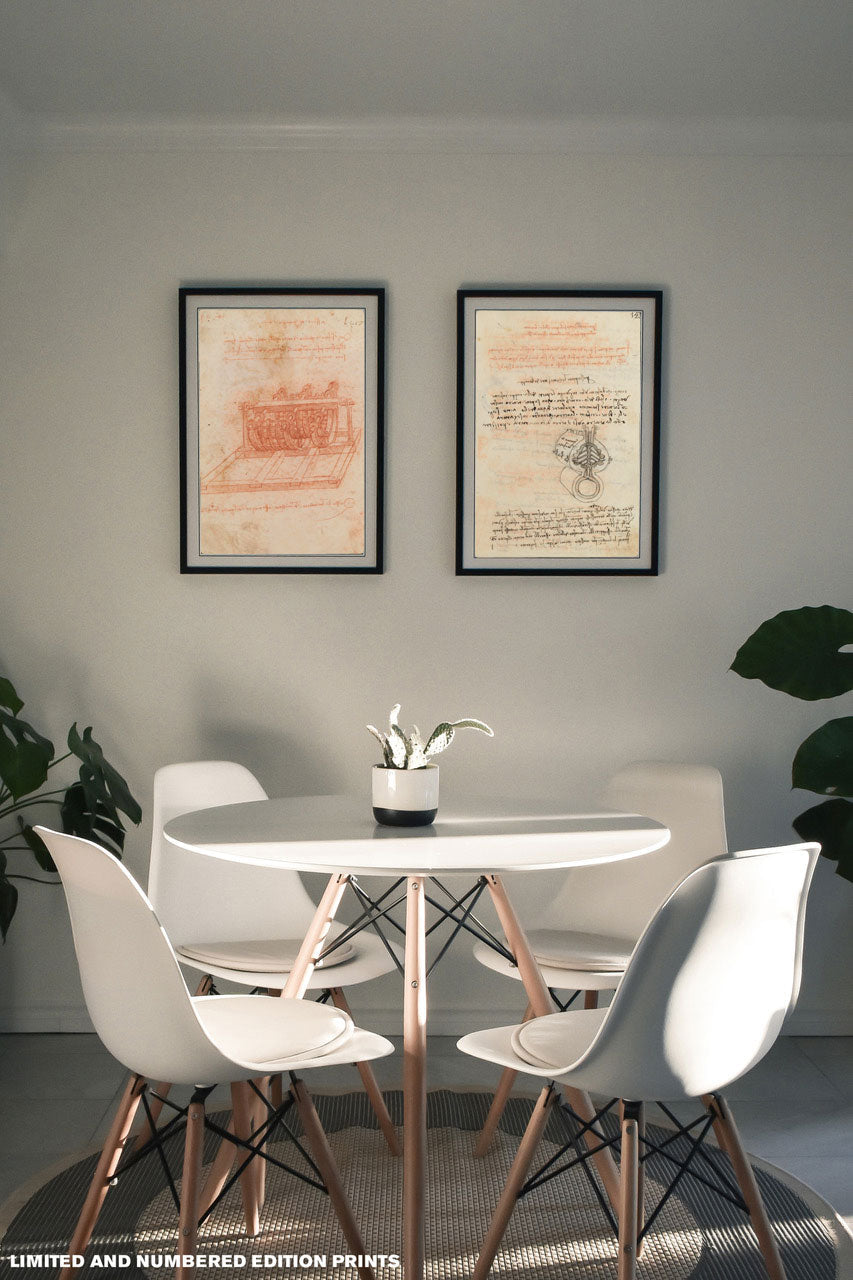
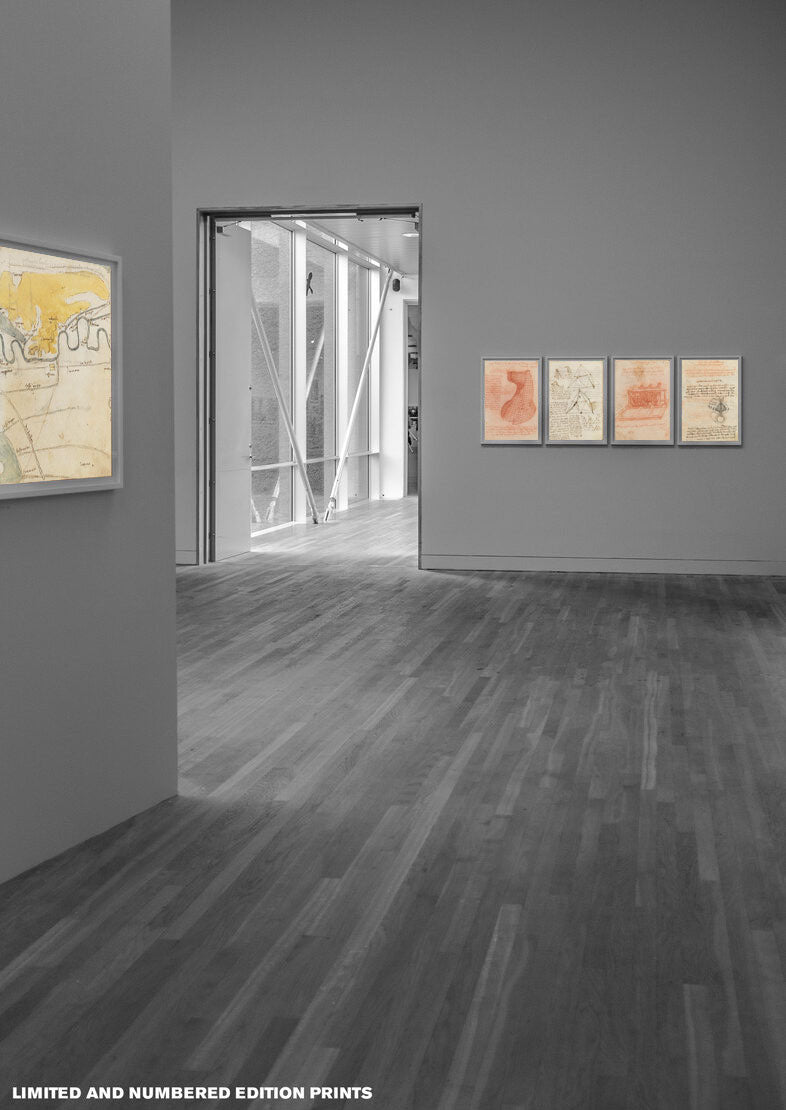
What is included?
*A FACSIMILE EDITION OF THE ORIGINAL
"Treaty on fortification, statics and geometry", 316 pages in its original format of 215 x 145 mm (8.46 x 5.70 in).
Hand-bound with spine ribs.
(vegan alternative to leather)
Art paper with serrated edges that reproduces the original.
Exact reproduction of the original document (length, color and size)
*TEN PRINTS TO COLLECT OR FRAME
10 art prints on Favini Plus art paper are included for owning an exclusive private art collection featuring Leonardo da Vinci's handwritten notes.
*A BOOK WITH EXPERT COMMENTARIES ON THE CODEX AND THE LIFE AND WORK OF LEONARDO
Paperback book with flaps.
*AN ELEGANT SILK CASE
An elegant silk fabric case that opens in half, numbered 001 to 999

CONTACT US FOR ANY QUESTIONS
Others love it too...
-
300 YEARS BEFORE COLOR Velvet Royal Blue Edition. NEW.
Regular price €130,00Regular priceUnit price / per -
300 YEARS BEFORE COLOR Deluxe Edition
Regular price €220,00Regular priceUnit price / per -
300 YEARS BEFORE COLOR Black & Gold Edition
Regular price €220,00Regular priceUnit price / per -
300 YEARS BEFORE COLOR Brown & Ivory Edition
Regular price €220,00Regular priceUnit price / per -
Byrne's Euclid
Regular price €125,00Regular priceUnit price / per -
Codex Madrid I and II (Leonardo da Vinci)
Regular price €600,00Regular priceUnit price / per -
Codex Trivulziano
Regular price €140,00Regular priceUnit price / per -
Codex Leicester (Leonardo Da Vinci)
Regular price €170,00Regular priceUnit price / per


